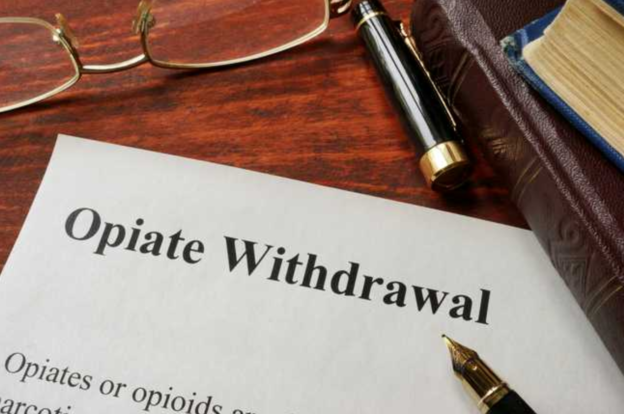In the US, over 2 million Americans abuse opioids. This includes both legally prescribed opioid medications and street opiates, and both legitimate and recreational use.
If you or someone you love needs to go through opiate withdrawal and detox, here are the things you need to look out for.
What Is Opiate Withdrawal?
To understand what opiate withdrawal is, you need to first understand what opiate addiction is.
Opiates (or opioids; these are synthetically manufactured) are substances that are derived from opium, which comes from poppy seeds and plants. They have highly effective calming and painkilling effects, which is why doctors prescribe them for chronic pain or pain management after accidents and/or surgeries. Opiate medications include:
- Codeine
- Darvocet/Darvon
- Demerol
- Dilaudid
- Fentanyl
- Hydrocodone
- Methadone
- Morphine
- Oxycodone
However, the downside to opioids is it’s very easy to develop a physical dependence on them, even if you’re following your doctor’s instructions to a T. You build a tolerance, and with long-term use, you’ll need more of the medication to achieve the same previous effects.
The above is also true for those who abuse opiates recreationally. Not only do they get calming effects, but also euphoric ones if they take enough of the drug.
Opiate withdrawal happens when you go for too long without opiates. This is because the physical dependence on it has changed the nerve receptors in your brain. In fact, they need the drugs to function.




